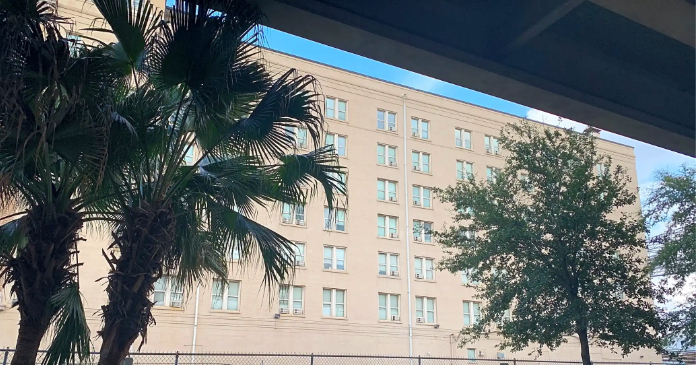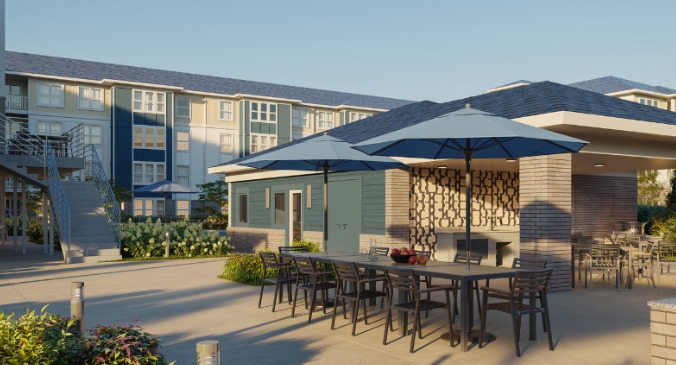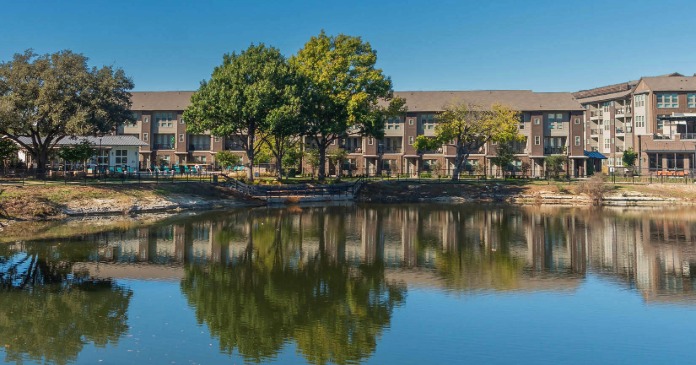The decline in foreign-born workers across the U.S. has created both challenges and opportunity for American businesses. At the least it is driving innovation in hiring practices, the adoption of automation and workforce development strategies.
As border enforcement normalizes and foreign worker flows redirect through proper channels, companies are discovering that the much-predicted labor crisis is spurring creative solutions that benefit American workers, and harden U.S. security.
The “scarcity of skilled workers” may be in the process of self-healing. From January to May 2025, the foreign-born labor force declined by 735,000 workers, marking one of the largest drops in three decades, according to a National Foundation for American Policy analysis of Bureau of Labor Statistics (BLS) data. Simultaneously, U.S.-born employment surged, with more than 830,000 American workers finding jobs between May and June 2025 alone. This shift represents a historic reversal from recent trends, where foreign-born workers drove nearly all net job growth.
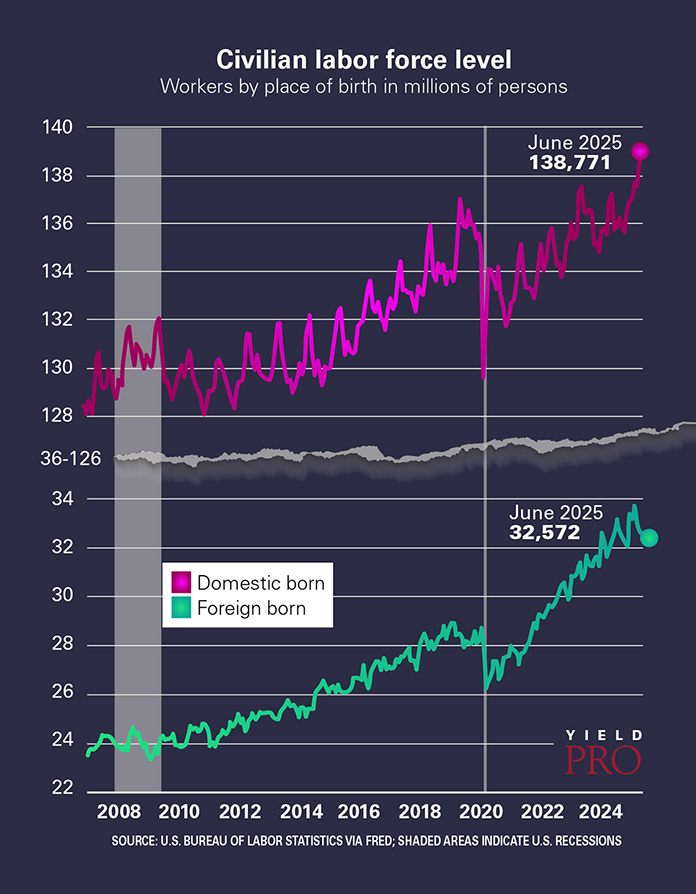 As many as “a million foreign-born workers have exited the workforce since March.” The Washington Post frames this as “a sign of the weakening labor supply.” At the same time it notes that “average hourly wages accelerated, rising by 0.4 percent over the month, to $36.24 in May, as earnings continue to beat inflation in a boost to workers’ spending power.”
As many as “a million foreign-born workers have exited the workforce since March.” The Washington Post frames this as “a sign of the weakening labor supply.” At the same time it notes that “average hourly wages accelerated, rising by 0.4 percent over the month, to $36.24 in May, as earnings continue to beat inflation in a boost to workers’ spending power.”
This transformation is particularly striking in construction where American workers are filling roles previously dominated by illegal immigrant labor. With 30 percent of construction workers traditionally drawing from the foreign-born according to the Urban Institute, the sector may be making a pivot. Major construction companies report successful recruitment drives targeting domestic workers by offering enhanced wages and benefits packages that were previously considered uncompetitive.
“No one hires an illegal alien out of the goodness of their heart,” said Tom Holman, U.S. border czar. “They hire them because they can work them harder, pay them less, and withhold benefits.” Illegal labor causes a market distortion that allows workers to be underpaid and to fall outside labor protections. This creates unfair disadvantages for legal workers and law-abiding employers.
There is no occupation in the U.S. where the majority of workers are illegal immigrants, states House testimony by Steven A. Camarota of the Center for Immigration Studies. So one might conclude that there is no work in which an American wouldn’t participate. Camarota’s study also finds that the growth of illegal immigrants in the U.S. coincides with a decades-long increase in the share of less-educated U.S.-born men not in the labor force. Four percent of “prime-age” (25 to 54) U.S.-born men with a high school education or less were not in the labor force in 1960—neither working nor looking for work. By 2000 it was 13 percent, and in 2024 it is 18 percent.
Competition for jobs, including with illegal immigrants, is not the sole reason for this decline. However, immigration, especially tolerating large-scale illegal immigration, has allowed the country to ignore this drop and its accompanying social pathologies like drug use, crime, suicide, and social and political alienation.
The presence of illegal workers also creates systematic market distortions that extend far beyond supply and demand economics. These distortions include wage depression, debased pricing advantages for non-compliant businesses, weakened regulatory enforcement, displacement of legal workers and institutional degradation of labor standards.
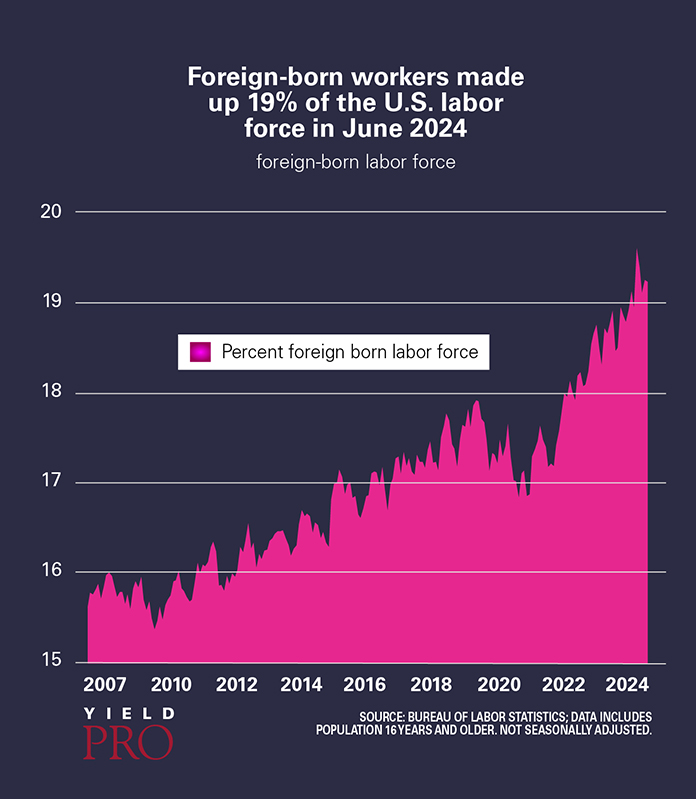 The cumulative effect is a two-tier labor market where illegal employment undermines fair competition, worker protections and economic efficiency while concentrating benefits among employers willing to exploit vulnerable workers and imposing costs on law-abiding businesses and workers throughout the economy. The presence of cheap labor also stifles the intrinsic need for innovation, delaying such capital investments.
The cumulative effect is a two-tier labor market where illegal employment undermines fair competition, worker protections and economic efficiency while concentrating benefits among employers willing to exploit vulnerable workers and imposing costs on law-abiding businesses and workers throughout the economy. The presence of cheap labor also stifles the intrinsic need for innovation, delaying such capital investments.
While 20 percent of small businesses lost employees due to renewed border enforcement, adaptive strategies emerging from this challenge demonstrate American entrepreneurial resilience.
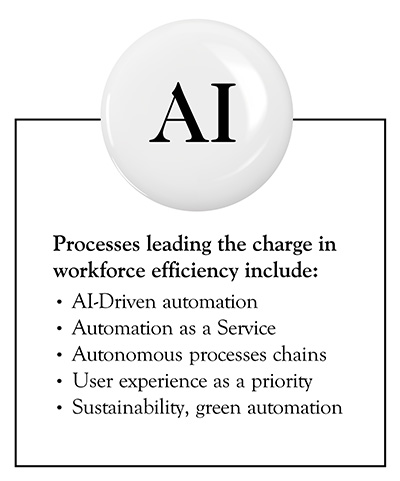 The shift in labor has accelerated adoption of automated technologies across industries, creating higher-skilled positions for American workers. Companies that previously relied on low-wage immigrant labor are investing in robotics and AI systems, then training domestic workers to operate and maintain these advanced systems.
The shift in labor has accelerated adoption of automated technologies across industries, creating higher-skilled positions for American workers. Companies that previously relied on low-wage immigrant labor are investing in robotics and AI systems, then training domestic workers to operate and maintain these advanced systems.
Amazon’s new Shreveport facility exemplifies this transformation, featuring 10 times more robotics than previous warehouses while creating 30 percent more skilled jobs for local workers. Similar investments are reshaping manufacturing, where companies like Schneider Electric have retooled facilities for greater automation while requiring more skilled American operators.
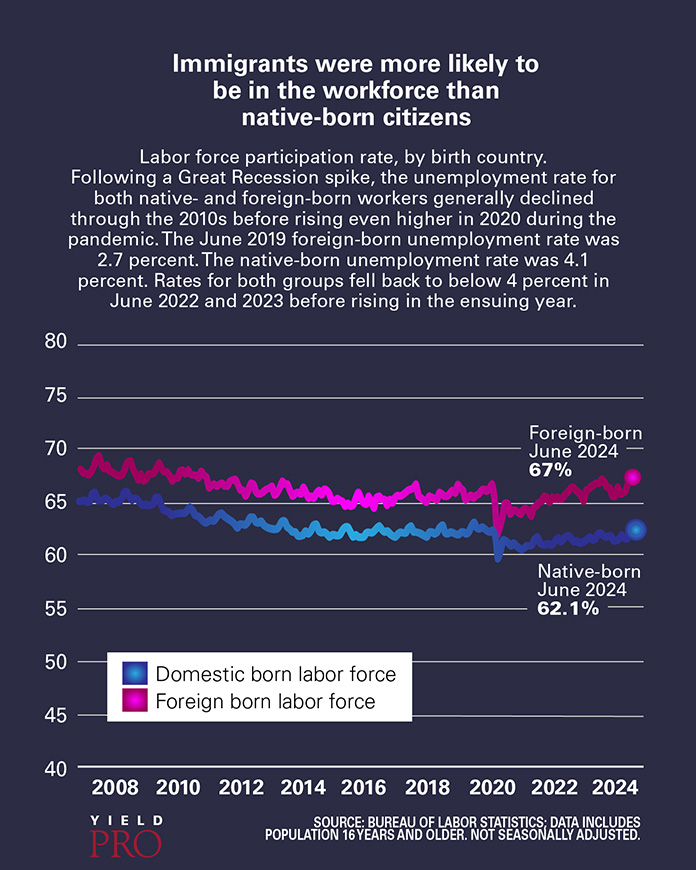 Aamir Paul of Schneider Electric believes he’s not replacing people with machines. Instead that he’s creating better jobs that require American workers to partner with advanced technology.
Aamir Paul of Schneider Electric believes he’s not replacing people with machines. Instead that he’s creating better jobs that require American workers to partner with advanced technology.
Workforce renaissance
Border enforcement and Trump administration trade policies have sparked a manufacturing renaissance that directly benefit American workers and housing development. Companies are moving production stateside to avoid tariffs while tapping into the unemployed or underemployed domestic workforce.
The steel and aluminum industries—both critical to apartment construction—benefit from tariff protection and workforce availability.
JSW Steel USA CEO Robert Simon praised policies that “flood the U.S. with jobs as trading partners move their industries to U.S. soil.”
Texas construction companies are another line of success. Domestic worker employment rose 25 percent in the past year as wages increased to attract American labor. In the past year, Texas added 28,700 new construction positions—leading the nation—and saw significant gains in worker employment, particularly among domestic-born workers. This hiring surge is enabled by strong demand from infrastructure, housing, and technology sector projects and is part of a broader statewide economic boom.
To address competition for talent and fill hard-to-staff positions, many Texas construction firms have boosted pay rates, often offering more than $20 per hour for entry-level roles and over $44 per hour for skilled or hard-to-fill jobs. Recent data show construction wages in Texas and similar high-growth states have grown at one of the fastest paces nationwide—up 24 percent above the private sector average and still climbing due to intensified demand and union negotiations. Employers are also offering additional benefits: overtime, bonuses, and improved schedules to help retain their American workforce.
Regional workforce initiatives and training programs, such as hands-on career coaching in Texas high schools and community college partnerships, further support these trends by connecting local workers with construction careers and helping businesses meet staffing needs. These efforts produce tangible outcomes—success stories include significant new hiring, quick job placement for trainees, and recognition from business and workforce organizations.
The Texas experience demonstrates that targeted wage increases and robust local recruitment, when paired with investment in training, can deliver strong employment gains and help meet the construction industry’s persistent demand for skilled talent
 Skills development programs show promise
Skills development programs show promise
The worker shortage has catalyzed investment in American workforce development programs. Companies are partnering with technical schools and community colleges to create specialized training programs that prepare domestic workers for industries previously dependent on immigrant labor.
The Trump administration’s Pledge to America’s Workers program, which secured commitments for over 16 million new education and training opportunities, is seeing renewed relevance as businesses seek to develop domestic talent pipelines. These programs focus on practical skills training that leads directly to employment in growing industries.
“Skills-first hiring practices can be a way of helping workers get ahead through good jobs,” said Acting Secretary of Labor Julie Su.
Despite initial disruptions, economic indicators suggest the workforce transition is generating positive outcomes for American workers. Native-born worker employment increased significantly thus far through 2025, with unemployment rates remaining low even as foreign worker availability declined.
The employment-to-population ratio for U.S.-born workers has improved, indicating that Americans are finding work at higher rates than in previous years.
Wage growth has accelerated in industries most affected by immigrant worker departures, with construction wages rising 15 percent. This increase reflects genuine labor market tightening that benefits American workers.
Looking forward: Sustainable workforce solutions
The experience of 2025 demonstrates that American businesses possess remarkable adaptability when faced with workforce challenges. Rather than economic collapse, the foreign worker shortage has spurred innovation in automation, training, and compensation that creates sustainable advantages for domestic workers.
Legal immigration channels like the expanded H-2A program provide models for meeting legitimate labor needs while ensuring fair wages and working conditions. The success of these programs suggests that American immigration policy can balance economic needs with worker protections.
The transformation occurring across American industries represents more than a temporary adjustment to border enforcement. It reflects a fundamental rebalancing toward domestic workforce development, technological innovation, and sustainable business practices that position American companies for long-term competitiveness.
As businesses continue adapting to the new reality, evidence suggests that predictions of economic disaster from border security were premature. Instead, American ingenuity is creating solutions that strengthen both individual opportunity and national economic resilience. The ongoing transition demonstrates that when properly managed, workforce challenges can become catalysts for positive economic transformation that benefits all Americans.
Secured borders and enforcement against illegal labor are viewed as essential for national security, economic regulation, the protection of domestic workers, and the upholding of national law. It is also a binding agent across U.S. citizenry.
“Why are we on the verge of Curacaos on the Hudson in New York? Why is this guy getting traction?” asked Scott Bessent about the socialist candidate for New York City, Zohran Mamdani at a recent policy event. “Because young people are disillusioned with the system. So when you do this, (the boost in working class wages) you make everyone a shareholder. You make everyone a stakeholder. People who are a part of the system do not want to bring down the system.”







